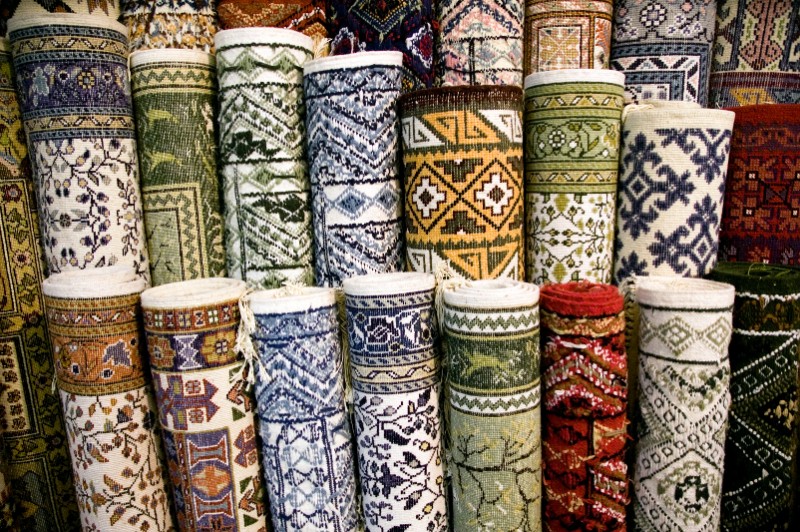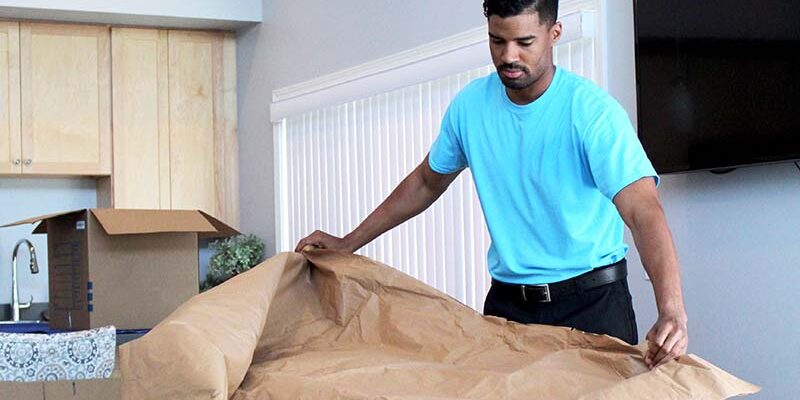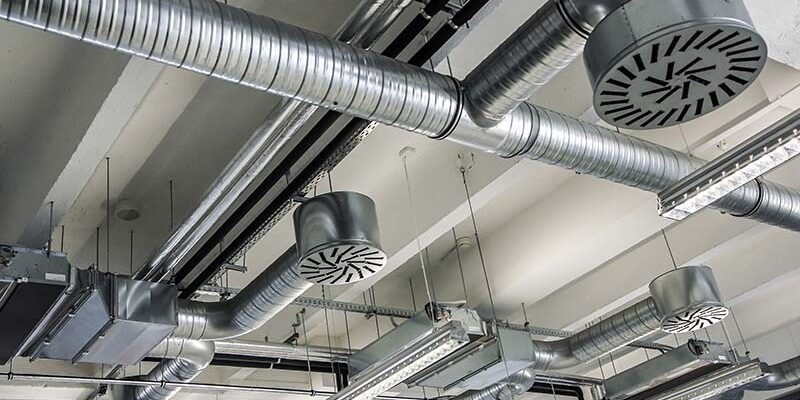Synthetic Fiber Rugs

It used to be, about a decade ago, that if you wanted to buy a rug you went to a rug store. And odds were that you would walk away with a wool rug.
Wool is the best fiber for rugs. The dyes are vivid, it washes beautifully and it is strong and lasts longer under foot traffic.
Even the lesser quality wool rugs from a decade ago, perhaps the ones chemically processed from China, would still perform well — some of them for decades.
You had two choices: You could purchase great investment wool rugs, the types sold at rug galleries. A second choice would be the “not-so-great” commodity wool rugs, the types sold at big box stores.

But, if it was wool, it was worth owning. You could take that to the bank.
Today, it’s an entire different ballgame. Wool is being pushed aside. The new contender is… the synthetic rug.
The synthetic fibers, olefin (polypropylene), polyester and acrylic are being used to create “fake” wool rugs… but as you can see side-by-side, it”s like putting particleboard next to real wood.
Now, some might think it is great that we now have a lot of inexpensive synthetic area rugs on the market. These people would be wrong, because lower costing rugs end up having a higher cost that buyers need to be aware of, because sales people are not going to tell you this.
Here is the real scoop on “fake” wool. First, the “good:”
Synthetic area rugs — the ”good”
1. They are cheap
If you pay more than $5 per square foot for a synthetic nylon, olefin (polypropylene), polyester or acrylic rug, you are being ripped off.

You should truly pay next to nothing for these rugs because there is minimal labor cost in their production. All are machine made and the fibers are essentially poor quality plastic.
The backs of olefin rugs are hard to the touch and they are not flexible when you roll them; they are stiff. They feel like plastic on the back because they are plastic. There will be machine stitching along the edges.
2. Some are stain-proof
Olefin rugs especially are pretty much stain-proof. Because it’s solid solution-dyed plastic, there are no dye sites for spills to penetrate and recolor and stain.
And, even for stains that do occur, you can use chemicals as aggressive as bleaching agents or oxidizers to remove discolorations without typically damaging these fibers or their color.
3. They can be cleaned with hot water extraction
Unlike wool rugs, you can blast synthetic area rugs with heat to clean them. Just take care around the edges which can sometimes stretch or buckle when wet.
Otherwise it’s a very quick clean.
Synthetic area rugs — the ”bad”
1. They require more frequent cleaning
The great thing about wool is that those fibers have lots of “pockets” in its construction to hide dust and grit, so they look good even when they are dirty.
That is not the case with olefin, polyester and acrylic, which are solid and smooth plastic strands.
This means there is no place to “hide” soil, so it simply sticks to the outside of the fibers, and these rugs get duller — and uglier — faster.
This means owners will want to clean their synthetic rugs after months on the floor rather than after a year or two as with their wool rugs.
Even though they can often just be surface cleaned with hot water extraction (if it”s just normal soiling), cleaning a few times year can add up.
2. They wear and yellow faster
Because they are plastic, they do not have longevity, and do not wear well with constant abrasion.
Whereas with wool rugs they gain a patina with age and use, with synthetic rugs they just get flatter and more worn.

3. They are sticky and scratchy
The most maddening thing about these cheap synthetic rugs, for both their owners and for the professional cleaners who are asked to clean them, is that they grab everything and are tough to get to release lint, hair and grime.
With shorter pile synthetic fiber area rugs, you will be tempted to just get a lint roller to try to roll up the stuff sticking to the fibers because typical vacuum cleaners fail.
Because they are plastic, they are not soft to the touch. They aren’t rugs that feel great when you walk on them barefoot, and kids certainly are not going to want to roll around on them. Pets will still make “accidents” on them.
Synthetic area rugs — the ”ugly”
Speaking of pets, having synthetic rugs can sometimes be a nightmare in trying to remove bad odors from them.
1. Odor problems can be expensive to handle
These synthetic rugs often have jute fiber foundations. So, although an olefin rug fiber is not going to absorb contaminants like pet urine, the heavy jute strands absorb it up like a sponge, and it is very difficult to remove this with surface cleaning methods. Jute fibers are the king of odor-holding fibers.
This means if there are any serious odor issues with synthetic rugs, there are two choices.
First, you have to fully wash and deodorize the rug, often charging much more for that service than the purchase price of the rug.
Second, tell them to buy another one.
With synthetic rugs, especially the olefin ones, you can use oxidizing solutions to remove truly rancid odors that regular washing is not getting out.
2. You will never say ”wow” after cleaning
What”s great about being a cleaner of wool rugs is that there is always a “wow” between when a client brings it in dirty, to when it is clean again.
One of the pitfalls about having more synthetic rugs on the market today is that often the buyers of these rugs are not aware they are synthetic, and after they pay good money for a good cleaning, the “after” look of the rug is better but never a “wow.”
Seriously, how “great” can plastic look?
Disposable versus enjoyable rugs
When I was growing up in our rug gallery business, the two groups of rugs we had were “investment” rugs and “decorative” rugs.
I was surrounded by antique and semi-antique works of woven art in our gallery. I was always amazed by the stories of how these rugs were literally knot by knot crafted by hand over months, and sometimes years, of weaving.
Today the rug market has been overridden by a lot of really bad products. There are cheap synthetic rugs, and cheap wool tufted rugs, all basically considered “disposable” rugs.
They are considered disposable synthetic rugs because of the problems I”ve noted here. And tufted rugs are the same because of the growing problem with the latex holding them together. The landfills are slowly being filled with these rugs that only last a few years.
As a professional rug cleaner, knowing this helps you advise a rug owner on whether they should invest in cleaning their synthetic rug, or to perhaps put their money toward another rug.
Even better, toward a new wool rug.
Lisa Wagner is a second-generation rug care expert, NIRC Certified Rug Specialist and an owner of K. Blatchford”s San Diego Rug Cleaning Company. Her blog at www.RugChick.com is the most visited and referenced website on rug education in the cleaning industry. If you would like more information about her Textile Pro training program on rugs and fine fabric care with Jim Pemberton, send an e-mail to their team at [email protected].












